June 26 of this year marked the 100th anniversary of the birth of the Hero of the Soviet Union, cosmonaut Pavel Belyaev. He was in the first cosmonaut squadron of the USSR, preparing to fly on the Vostok, but Yuri Gagarin was sent. He joined the crew with A. Leonov, flew, but Leonov made history when he went into outer space. But it was Belyaev, as the commander of the ship, who led the operation and it was he who gave the command to go into space and informed the Earth about it.:
- A man went into outer space!
He also coped with a number of accidents on board, some of them were considered fatal. The Voskhod-2 spacecraft of Belyaev and Leonov entered the Earth's atmosphere at an uncalculated speed. The ship's antennas melted, red-hot metal dripped down the portholes like rain, and due to the enormous overloads, the astronauts literally could not move. But, nevertheless, without communication with the Earth, with the failed automatic landing system, Belyaev was the first in the world to manually land a spacecraft. If not for his heroism, the Voskhod-2 mission would have ended in tragedy.
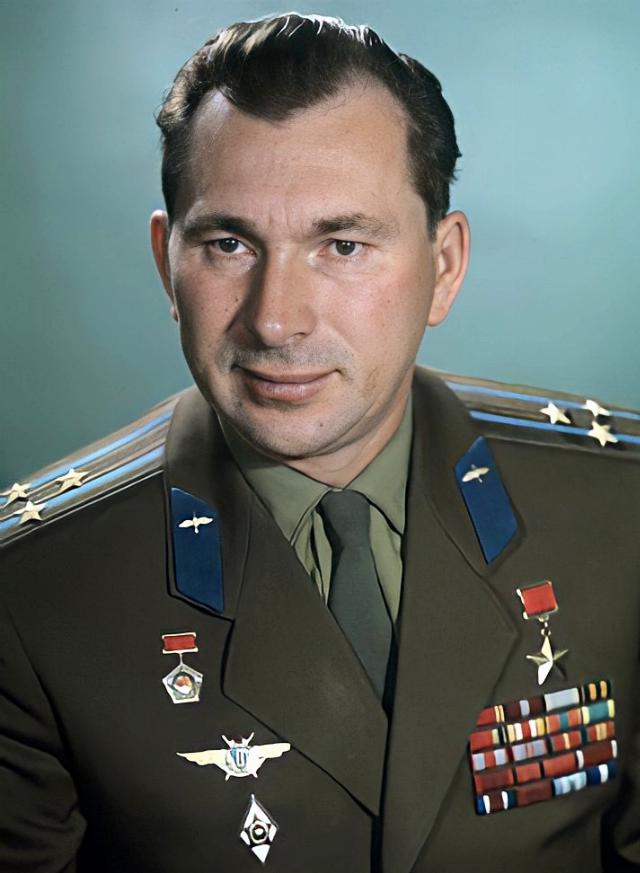 |
| Pavel Belyaev. |
| Source: Valery Ageev |
Through the thorns to the stars!
Pavel Belyaev was born on June 26, 1925 in the Vologda region, in the village of Chelishchevo, in the family of a paramedic. The boy spent his early childhood in the countryside, where he joined the peasant labor from the age of six. Like everyone else in the North, he was an excellent skier, and his father took him hunting with him.
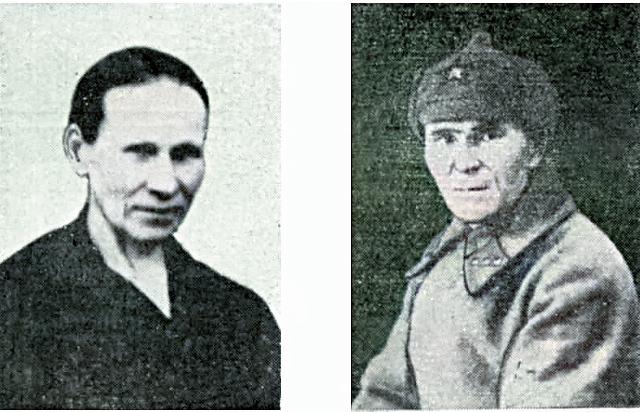 |
| Source: Valery Ageev |
Before the Great Patriotic War, the head of the family changed his place of work, and the Belyaev family moved to the Urals. Sixth-grader Pavel went to study at school No. 3 in Kamensk-Uralsky.
"Pasha usually studied," recalled Yulia Antropova, deputy director for educational work at school No. 3, but he was a very inquisitive boy. Exact sciences were especially easy for him, he was fond of astronomy. Lessons in this discipline were often held in the open air. It was here at one of the classes that he caught fire with the dream of space and said:
- I want to see the stars, to see what our cosmos is like.
On June 22, 1941, Belyaev graduated from the 9th grade. Immediately after graduation, 16-year-old Belyaev wrote an application to go to the front as a volunteer. But they didn't hire him because of his age and he went to work at a pipe factory. He worked as a turner in a machine shop for the production of artillery shells. He quickly mastered the profession and began working as a receptionist for finished products.
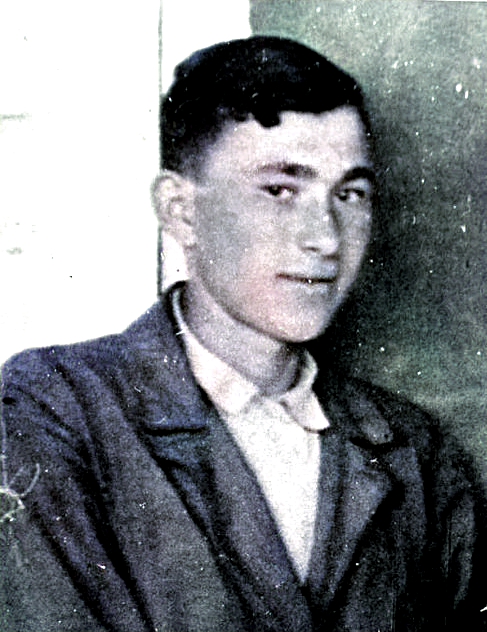 |
| Source: Valery Ageev |
Pavel understood that the way to space lay through the sky, so when he turned 18, he entered the Yeisk Higher Military School of Pilots in 1943, and after graduating on May 9, 1945, he was sent to one of the Air Force units.
He participated in the war with Japan as part of the 38th Guards Fighter Aviation Regiment of the 12th Assault Aviation Division of the Pacific Fleet.
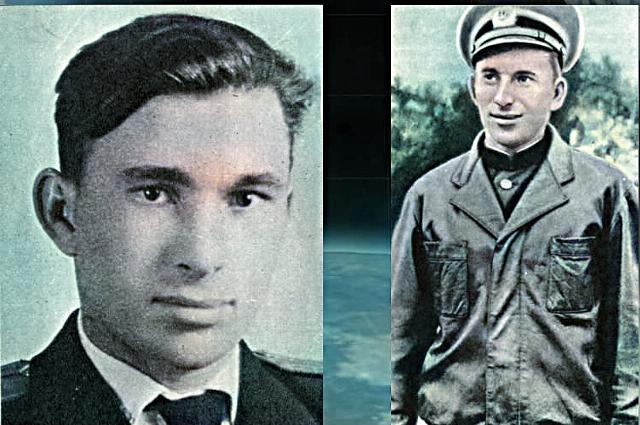 |
| Source: Valery Ageev |
After the end of the fighting, the young officer remained to serve in the aviation of the Soviet Navy, in the Pacific Ocean.. He mastered dozens of types of aircraft, flew more than 500 hours, and in 1959 successfully graduated from the Red Banner Air Force Academy, which now bears Gagarin's name. At the educational institution, he received the following characterization:
- Determined, proactive, humble and disciplined... Strong-willed qualities are well developed. Has good commanding skills. The character is calm.
Back at the academy, Belyaev was offered to try himself on "new technology, not exactly aviation." He gave his consent. They thanked him for his willingness, promising to call him when necessary. And soon the commander of the Black Sea Fleet aviation squadron, Major Belyaev, received a call to Moscow.
The hard way to space
Back in the spring of 1956, S.P. Korolev made a proposal to launch a man into space. Since May 1958, a group led by M.K. Tikhonravov began developing a spacecraft for human flight around the Earth.
During the initial selection process, documents for 3,461 fighter pilots were reviewed. 347 people were selected for the initial interview. Based on the results of interviews and an outpatient medical examination, 206 pilots were admitted to further medical selection, who underwent a final inpatient examination at the TSNIAG in the period October 1959 to April 1960. During this time, 72 people refused to be astronauts, 105 people did not pass according to the medical requirements. 29 people completed all stages of the medical examination.
The first cosmonaut squad included 9 Air Force pilots, 6 air defense pilots and 5 Navy aviation pilots. At the time of enrollment, Pavel Belyaev, the oldest, was 34 years old, and Valentin Bondarenko, the youngest, was 23 years old. After passing the medical examination, Belyaev was enrolled in the first detachment of Soviet cosmonauts.
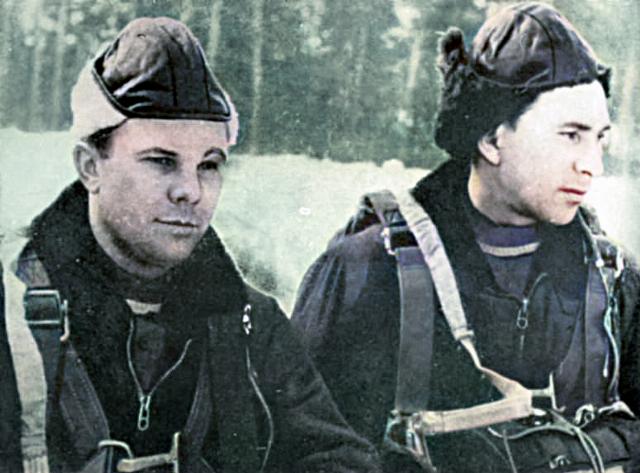 |
| Source: Valery Ageev |
And in August 1961, something happened to Belyaev, after which it seemed that he would have to say goodbye to the dream of space flight. There was an unsuccessful landing after a parachute jump, a complex fracture and a long treatment.
The bone did not heal, and there was talk that Belyaev would be expelled for medical reasons. Doctors recommended putting stress on the leg to force the unruly bone to heal.
Belyaev was a very persistent man, single-minded, a man of his word. If he set himself a goal, he was going for it. Pavel took heavy dumbbells at home and stood for hours on one broken leg. Persistent self—torture had an effect - the bone healed. On August 30, 1962, he was allowed to return to classes in the cosmonaut training group, and 2 years later, Belyaev was included in the spacewalk flight training program as a spacecraft commander. A. Leonov became a partner.
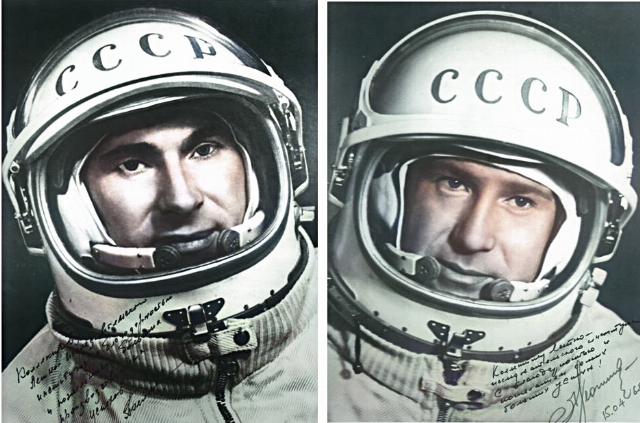 |
| Source: Valery Ageev |
In the crew of Voskhod 2, Belyaev balanced Leonov's stormy temperament, and in crucial moments the commander's calmness proved to be a decisive factor. However, in 1965, a few days before the start, the doctors were alarmed: Belyaev had additional contractions of the heart, it was necessary to replace it. Pavel did not panic, although only he knew what was going on inside him at that moment. He passed the additional tests normally, and the commission members voted for the crew consisting of Belyaev and Leonov.
The trials are ongoing
On April 12, 1961, Yuri Gagarin's legendary flight took place, lasting 108 minutes. To further study the effects of weightlessness on humans, it was necessary to simulate weightlessness in terrestrial conditions. The Tu-104A aircraft was used for experiments at LII.
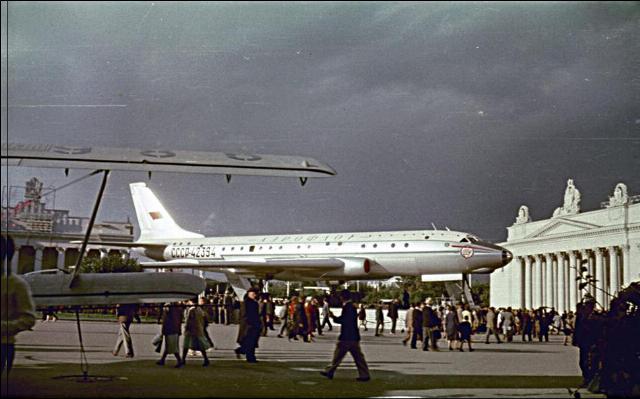 |
| Source: Valery Ageev |
According to Andrei Simonov, a historian of aviation and cosmonautics, head of the museum of the Flight Research Institute (LII), during the conversion to LII, 70 passenger seats were removed from the passenger cabin of the aircraft, and its floor, ceiling and walls were lined with a special soft material.
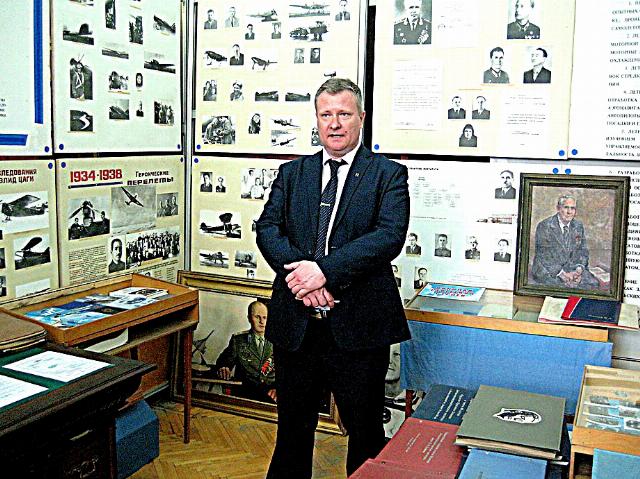 |
| Source: Valery Ageev |
The research took place at altitudes of 6-9 kilometers. After acceleration, the aircraft was transferred to a sharp climb with an angle of up to 45 degrees, and then an overload of zero was set by the recoil of the steering wheel from itself, and it was maintained until a dive angle of 40-45 degrees, after which the 60-ton aircraft was brought out of the dive at the maximum permissible speed. The duration of weightlessness in such flights (while the aircraft was moving in a parabola) was 28-30 seconds. During one flight, 12 weightlessness modes were performed. Flights began in May – June 1961. One of the country's best testers, Sergey Nikolaevich Anokhin, was the first to perform weightlessness modes.
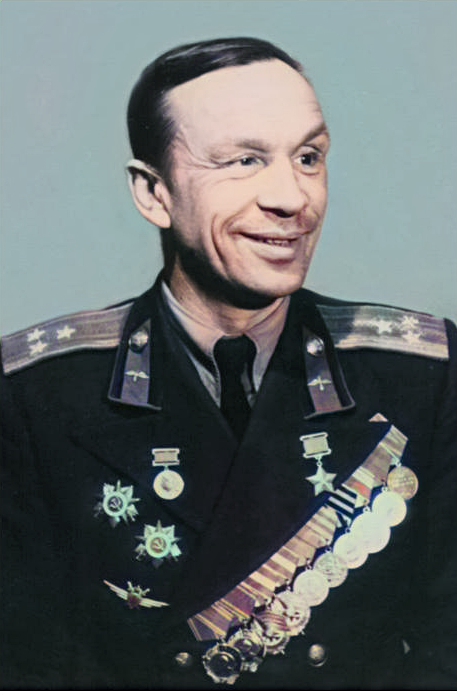 |
| Source: Valery Ageev |
In 1964, a spacesuit was tested on the Tu-104LL. The tests were conducted by Valentin Ivanovich Danilovich, a test skydiver at the LII.
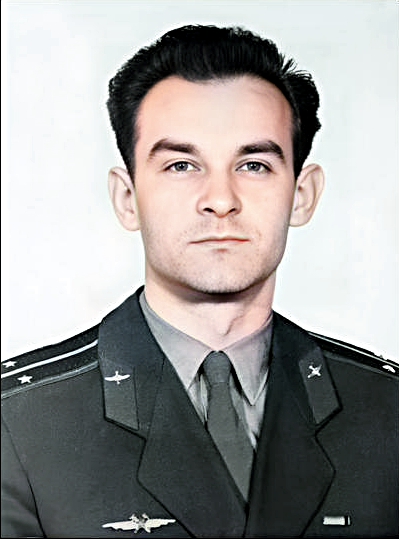 |
| Source: Valery Ageev |
From December 22, 1964 to January 6, 1965, 7 flights were performed on Tu-104LL at LII with the participation of cosmonauts from the main and backup crew of the Voskhod-2 spacecraft. The main crew is P.I. Belyaev and A.A. Leonov (spacewalk), the backup crew is V.V. Gorbatko and E.V. Khrunov (spacewalk).
It was on the Tu-104LL in zero gravity that Leonov repeatedly performed a "spacewalk", and also conducted an experiment on opening and closing the airlock manually.
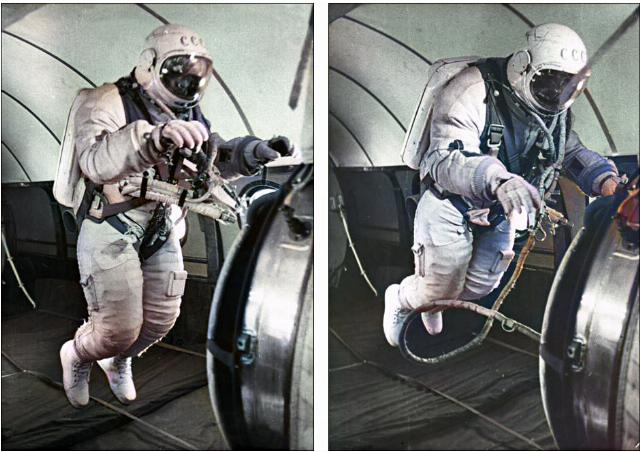 |
| Source: Valery Ageev |
Two men in the forest among the Permian taiga
On March 18, 1965, Belyaev, at the head of the Voskhod-2 crew, flew into space with the call sign Almaz-1. The second cosmonaut was Alexei Leonov, who had the call sign Almaz-2. Belyaev supervised Leonov's entry into open space and was the first to report to Earth that everything had been completed successfully. If Leonov's spacewalk had failed, Belyaev should have come out instead.
There is a legend that Belyaev allegedly had an order in the event that Leonov, for some reason, could not return on board, to shoot off the airlock and return alone. But none of the people who knew the cosmonaut even thought about it. Belyaev would never have been able to abandon his comrade, both in character and in his ideas of honor.
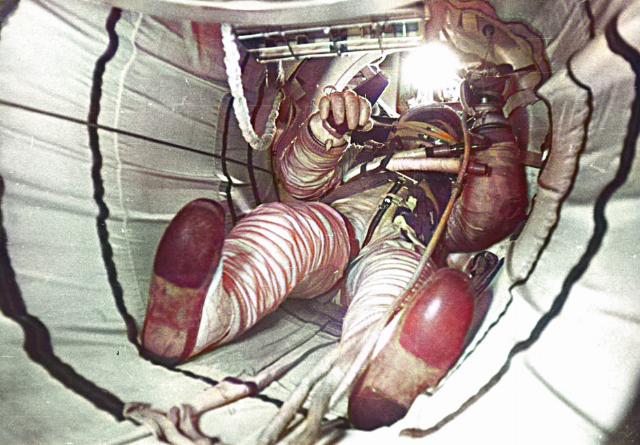 |
| Source: Valery Ageev |
Leonov's spacewalk was successful. However, during the landing of the Voskhod-2 spacecraft, due to the failure of the ship's orientation system to the Sun, Belyaev manually oriented the ship and turned on the braking engine.
From the memoirs of Yuri Gagarin:
- The manual control system on Voskhod-2 turned out to be extremely convenient and reliable — Pavel Belyaev felt the ship as a pilot feels an airplane. And although it required a lot of knowledge, precision and endurance, at the right moment he oriented the ship and manually turned on the braking propulsion system. This was the first time this had been done in space, and it was understandable that all the astronauts and specialists at the command post understood the responsibility of the moment: now everything depended on Pavel Belyaev's skill and composure. These operations were performed for the first time in the world.
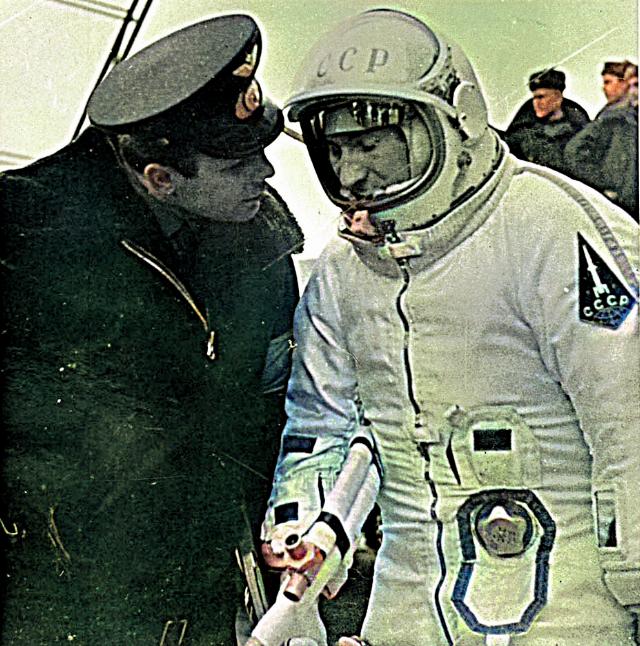 |
| Source: Valery Ageev |
As a result, Voskhod landed in an uncalculated area 180 km north of the city of Perm. The TASS report called it a landing in a "reserve area," which was actually the remote Permian taiga.
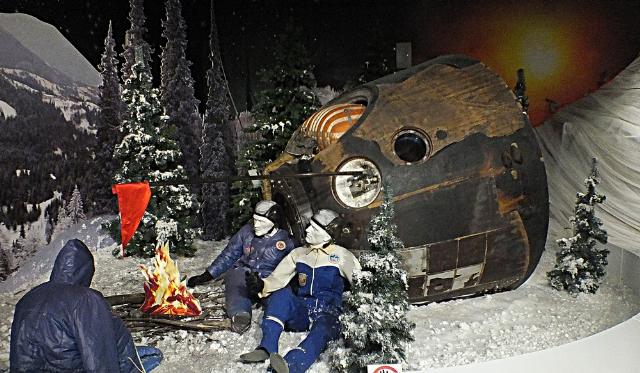 |
| Source: Valery Ageev |
The crew was not found immediately, but nevertheless the search teams reached them before the astronauts began to face mortal danger. The rescue team delivered not only things, but also everything necessary. Even a container for taking a hot bath.
- When they came to us, a huge cauldron came from somewhere. The water was heated. And imagine a picture: a forest, a spaceship, and two naked people sitting in this cauldron, Leonov recalled.
The fatal mistake of doctors
After returning from space and resting, Belyaev began preparing for a new flight to the Almaz military orbital station, then he was included among those cosmonauts who were planned to participate in a flyby of the Moon. But Belyaev was removed from this group for health reasons.
On December 30, 1969, an entry appears in the diary of General Nikolai Kamanin:
Cosmonaut Pavel Belyaev fell ill: surgeon Vishnevsky cut out two thirds of his stomach, part of his duodenum and appendix. The operation was successful, but Belyaev's condition is still very serious (he had never complained about his stomach before).
Cosmonaut Pavel Popovich said in a 2004 interview:
- Pasha Belyaev died due to a mistake by doctors: he developed peritonitis after a stomach operation, and they could not cure him. Pavel Belyaev died on January 10, 1970. He was only 44 years old.
Members of the cosmonaut squad argued that Belyaev should be buried on Red Square, like Korolev, Komarov and Gagarin. But they were harshly told that such a decision was only in the hands of Leonid Brezhnev, and the Secretary General considered it inappropriate. And the cosmonaut was buried at the Novodevichy cemetery. About 50 thousand people came to the farewell ceremony, which took place in the Red Banner Hall of the Central House of Artists.
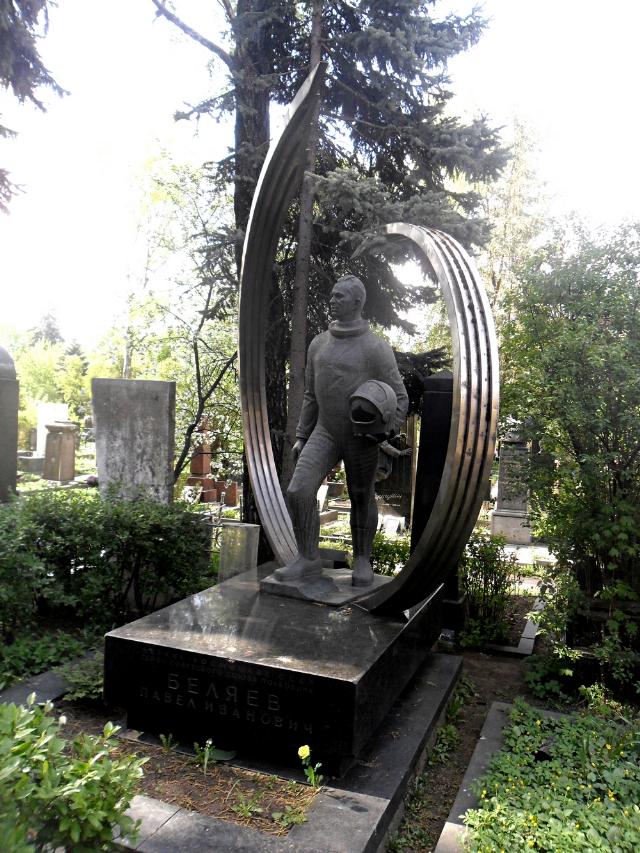 |
| Source: Valery Ageev |
On August 1, 1971, Apollo 15 commander David Scott left an aluminum figure of a man in a spacesuit on the moon. Next to it, a plaque was stuck into the ground, on which the names of 8 US astronauts and 6 USSR cosmonauts, who had died or died by that time, were indicated. Pavel Belyaev is among the names listed on this table.
A crater on the Moon, the minor planet 2030 Belyaev, discovered on October 8, 1969, a mountain in Antarctica, a research vessel of the USSR Academy of Sciences (RAS), an Aeroflot flight VQ-BSH, and school No. 3 in Kamensk-Uralsky were named after Belyaev.
A memorial plaque with sculptural portraits was unveiled on May 9, 2015 at house No. 2 in Zvezdny Gorodok in memory of three pilots who participated in the Great Patriotic War: G. T. Beregovoy, N. F. Kuznetsov and P. I. Belyaev (sculptor Andrey Sledkov).
Valery Ageev
